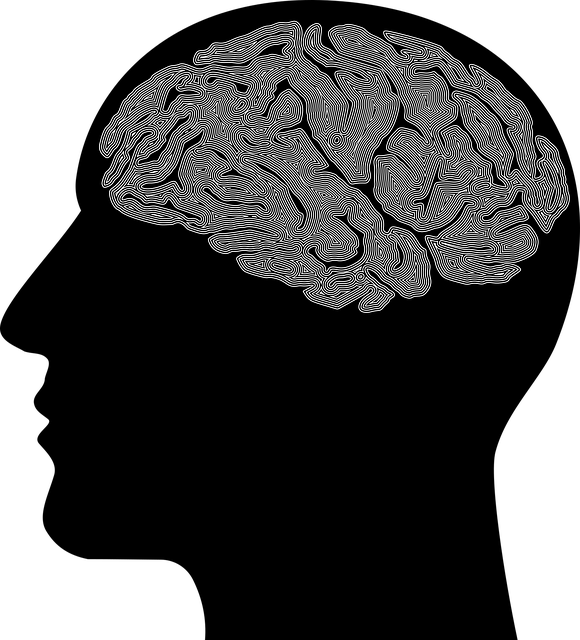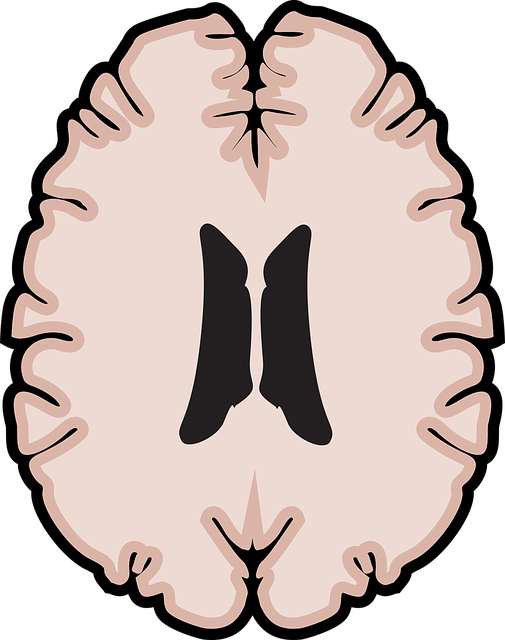Childhood abuse profoundly impacts mental and physical well-being, leading to conditions like depression, anxiety, and PTSD. Early intervention through community outreach and specialized therapy is crucial. Mindfulness meditation and positive thinking exercises are effective tools for healing, fostering resilience, and managing trauma responses. Safe spaces in structured therapy sessions, coupled with cognitive-behavioral therapy (CBT) and mental wellness coaching, help survivors replace negative thought patterns. Regular mental wellness journaling promotes progress, tracks improvements, and builds a more positive mindset, empowering survivors to thrive despite past traumas. Resources supported by mental health policy advocacy further assist survivors in navigating challenges.
“Unleashing healing through positive thinking exercises, we explore a transformative path for survivors of childhood abuse. This comprehensive guide delves into the long-term effects of trauma and presents ‘The Power of Positive Thinking’ as a potent tool for recovery. Learn how creating a safe, supportive environment and employing specific techniques can help reframe negativity. Discover strategies to monitor progress and celebrate success, fostering resilience and empowerment in the journey towards healing for children abuse survivors.”
- Understanding the Impact of Childhood Abuse and Its Long-Term Effects
- The Power of Positive Thinking: A Healing Tool for Survivors
- Creating a Safe Space for Practice: Setting Ground Rules
- Techniques to Cultivate Positive Thoughts and Reframe Negativity
- Monitoring Progress, Celebrating Success: Building Resilience Through Exercise
Understanding the Impact of Childhood Abuse and Its Long-Term Effects

Childhood abuse, whether physical, emotional, or sexual, can have profound and lasting impacts on an individual’s mental health. Survivors often carry invisible scars that can manifest as various psychological issues in adulthood, such as depression, anxiety disorders, post-traumatic stress disorder (PTSD), and low self-esteem. These effects are not merely psychological; they can also influence a survivor’s physical well-being, leading to chronic health problems. Understanding the depth of these long-term consequences is crucial when considering the implementation of therapy for children abuse survivors.
Effective healing often involves specialized approaches tailored to address the unique needs of these individuals. Community outreach programs that provide accessible and affordable mental health services can significantly contribute to early intervention and support. Additionally, risk assessment tools for mental health professionals ensure safe and competent care. Techniques like mindfulness meditation have gained recognition as valuable tools in managing trauma responses and promoting resilience among survivors.
The Power of Positive Thinking: A Healing Tool for Survivors

The power of positive thinking can be a transformative tool for individuals who have experienced trauma, particularly those who have survived child abuse. It offers a path to healing and resilience by shifting one’s mental perspective from negative to optimistic thoughts. This simple yet profound practice empowers survivors to rebuild their sense of self-worth and trust in the world around them.
For children who have endured abusive situations, positive thinking exercises can serve as a form of therapy. By fostering a mindset focused on hope, gratitude, and personal strength, these exercises help survivors navigate the challenges they face. Moreover, incorporating practices like mindfulness meditation into their routines enables them to manage stress and anxiety effectively. This, in turn, contributes to improved mental health and overall well-being, enhancing their ability to recover and thrive despite their traumatic experiences.
Creating a Safe Space for Practice: Setting Ground Rules

Creating a safe space is paramount when implementing positive thinking exercises, especially for individuals who have experienced trauma, such as children abuse survivors. This environment should be free from judgment and encourage open expression. To establish this haven, clear ground rules must be set. These rules should emphasize respect, confidentiality, and the right to refuse any activity without fear of consequence.
In therapy sessions, particularly for those recovering from childhood abuse, the focus shifts towards resilience building. By creating a structured yet supportive setting, trauma support services can effectively assist clients in developing coping mechanisms. This process involves guiding them through exercises that foster positive thinking, helping to replace negative thought patterns and preventing burnout among healthcare providers who often work with these sensitive cases.
Techniques to Cultivate Positive Thoughts and Reframe Negativity

Cultivating positive thoughts is a powerful tool for anyone, but it’s especially beneficial for children who have experienced trauma or abuse. Survivors of such experiences often struggle with negative thought patterns that can hinder their healing process. Techniques like cognitive-behavioral therapy (CBT) and mindfulness practices are effective in reframe these negative thoughts into more positive and realistic ones. CBT helps individuals identify and challenge distorted thinking, replacing negative beliefs with balanced alternatives. Mindfulness encourages staying present and observing thoughts without judgment, allowing for a greater sense of control over one’s emotional responses.
Additionally, mental wellness coaching programs can play a crucial role in fostering positive thinking. These programs provide structured support and guidance tailored to individual needs. Communication strategies, often integrated into these coaching sessions, empower survivors to express their feelings and experiences effectively, further enhancing their ability to reframe negativity. By combining therapy, coaching, and effective communication, survivors of child abuse can gradually rebuild their mental health and cultivate a more positive outlook on life.
Monitoring Progress, Celebrating Success: Building Resilience Through Exercise

Monitoring progress is a vital component of any positive thinking exercise, especially for individuals who have experienced trauma, such as children abuse survivors. Regularly assessing one’s thoughts and emotions allows for the identification of negative patterns that may be hindering healing and personal growth. This process empowers survivors to gain insight into their mental health status, track improvements over time, and make informed adjustments to their exercises. By celebrating small victories and acknowledging progress, individuals build resilience, fostering a more positive mindset and enhancing their overall well-being.
For children abuse survivors, integrating mental wellness journaling exercise guidance can serve as an effective therapy. This practice encourages them to express their feelings, reflect on traumatic experiences, and develop coping strategies for managing mood disorders. Regularly documenting thoughts in a journal provides a safe space for emotional release, helping to reframe negative perspectives into opportunities for growth. Through mental health policy analysis and advocacy, survivors can access resources that support these positive thinking exercises, ultimately improving their ability to navigate life’s challenges and thrive.
Implementing positive thinking exercises can be a powerful therapy for children abuse survivors, offering a path towards healing and resilience. By creating safe spaces, setting ground rules, and employing techniques to reframe negativity, individuals can cultivate a more optimistic mindset. Monitoring progress and celebrating success are essential components of this process, enabling survivors to build mental fortitude and move forward with enhanced well-being. This approach, when coupled with understanding the long-term effects of childhood abuse, empowers individuals to overcome challenges and embrace a brighter future.














